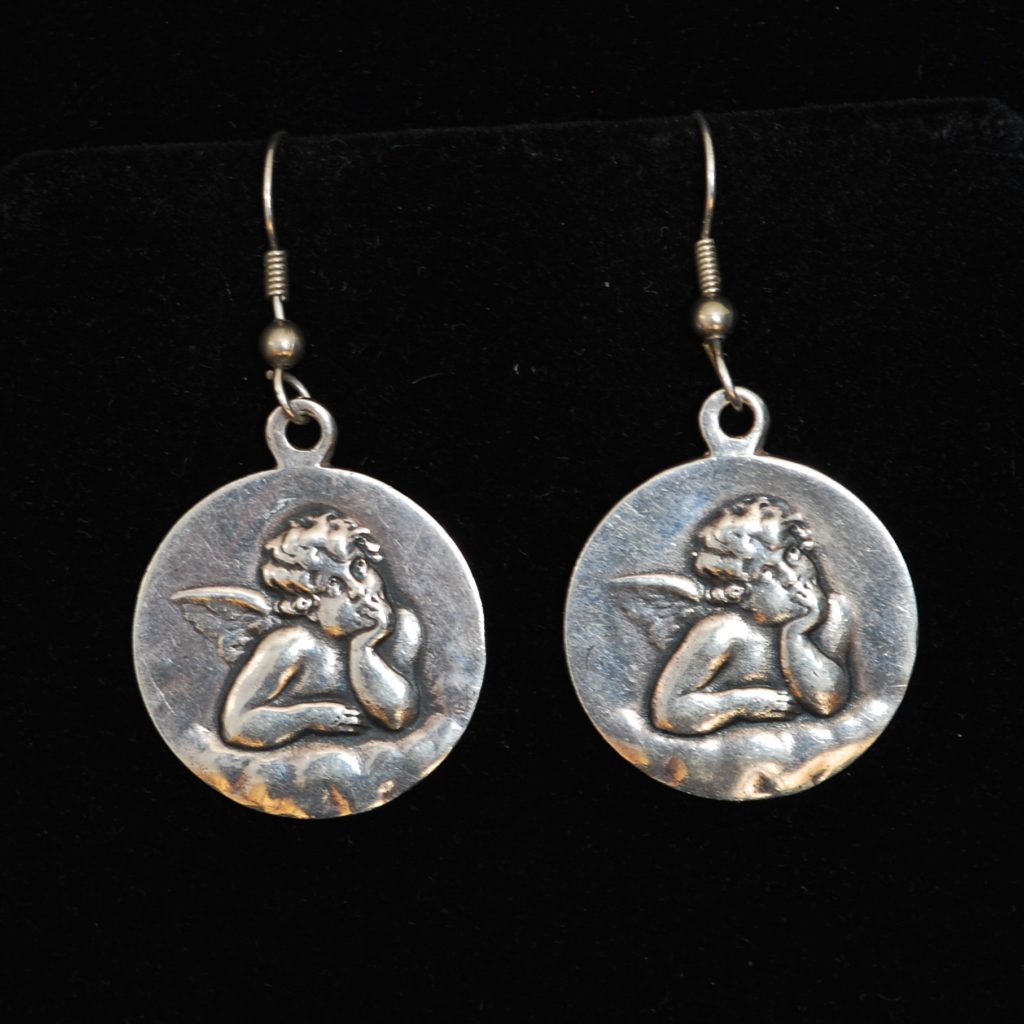The History Of Valentines Day ~ Has Many Tales
Although many of the background stories describing the origin of Valentines Day are quite tragic – there is nothing tragic about love. It is the most powerful and enduring emotion of all. Love is truly what is behind this holiday, regardless of the martyrs, legends and myth.
One of the early stories describing the origin of Valentines Day is about the Roman Emperor Claudius, who is said to have outlawed marriage for young men. He believed it would create a distraction for young soldiers who were needed in the battlefield. He did not want them to be longing or pining for a loved one when sent off to war.
In defiance of this injustice, St. Valentine performed marriages in secret until he was found out. He was imprisoned and sentenced to death. During his time in prison, he fell in love with the jailor’s daughter and just before being put to death, he sent her a love note and signed it “From Your Valentine”. There are many variations of the legends around martyred saints, to include some rather grisly accounts of these heroic and sympathetic figures getting beheaded for helping Christians escape persecution.
The many variations of the origin of Valentines Day began in the Middle Ages around 469 AD. Most stories describe a martyred saint, and in some literary circles they maintain the saint was put to death – “whose acts are known only to God”. There was a Christian feast of St. Valentine, which did not have anything to do with wooing or courtship. It took another few hundred years, for the lovebird connection to be made, with the brilliance of Chaucer, who created the most illusory and fanciful tale of all.
Chaucer wrote the best legends by far, in my opinion. It came from a dream and takes flight from the macabre martyrdom, to the mating of birds. He wrote a comical debate called “The Parlement Of Foules” or “The Parliament Of Fowls/Birds”. During the dream, the birds have sort of a squabble, with Nature as the arbitrator. As a result of Chaucer’s dream coupling, Valentines Day became popularized – leaning toward courtship, as opposed to martyrdom.
In England and France it was believed that February 14th was the beginning of the mating season for birds. Except it has been pointed out that February 14th is not actually the mating season in England. It only serves to enhance the literary or artistic license around the entire subject. Apparently several other poets soon adapted it to their own style – creating Valentines poems, ballads, and lyrics for their love interest. Chaucer takes most of the credit for transforming it into a more light-hearted and happier holiday. No wonder the earlier cards were decorated with more birds than hearts or cupids.
Another one of the oldest known Valentines was a poem written by the Duke of Orleans in 1415 while he was imprisoned in the Tower of London. By 1840 the holiday was further popularized and developed as a romantic day for lovers of all ages and backgrounds, due to the mass production of Valentines Day cards. Apparently women have always purchased the majority of Valentines cards, up to 85% of the numbers sold.
By the late 1800’s the Valentines Day cards were adorned with Cupids, the adorable winged cherubs with the golden bow and arrow. The Roman myth describes Cupid as the son of Venus, the goddess of love and beauty, and sometimes as the god of affection. Cupid is known to have carried two types of arrows. The one depicted on the cards shows him with a golden tipped arrow. He takes careful aim, and for those whose hearts are pierced with the arrow, they will fall deeply in love.
The other less known and undesirable arrow in Cupid’s love arsenal, has a lead tip. If the heart is pierced by one of those – it causes the person to be cursed, and fall out of love. The many tales and historical accounts of Valentines Day are a somewhat murky mix of martyrdom, flights of fancy, and love – where the folklore stems from a mixture of heroism and sacrifice.
Dating back to all the love songs, cards, candies, flowers and gifts ~ it is worthy of celebration regardless of the origin of the actual February 14th holiday. When you see the medieval wording in “The Parlement Of Foules” at first it brings to mind “The Parliament of Fools” as opposed to Fowls! There is an element of truth in the misinterpretation!
Since love has been in existence since the beginning of time – surely love is where it all begins. Best of all, love is the one thing in life – that never ends!







